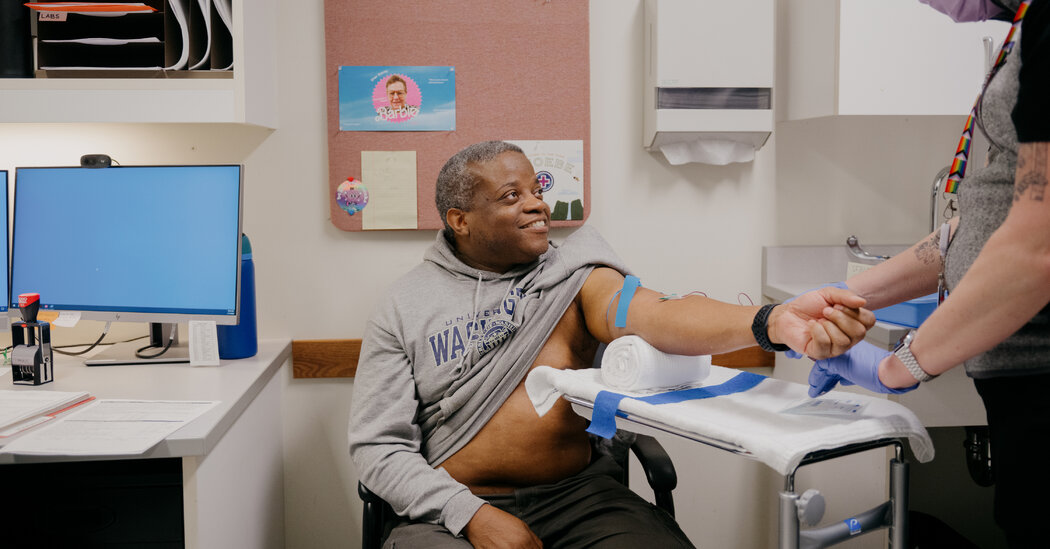New regimens in development, including once-weekly pills and semiannual shots, could help control the virus in hard-to-reach populations.
A pill taken once a week. A shot administered at home once a month. Even a jab given at a clinic every six months.
In the next five to 10 years, these options may be available to prevent or treat H.I.V. Instead of drugs that must be taken daily, scientists are closing in on longer-acting alternatives — perhaps even a future in which H.I.V. may require attention just twice a year, inconceivable in the darkest decades of the epidemic.
“This period is the next wave of innovation, newer products meeting the needs of people, particularly in prevention, in ways that we didn’t ever have before,” said Mitchell Warren, executive director of the H.I.V. prevention organization AVAC.
Long-acting therapies may obviate the need to remember to take a daily pill to prevent or treat H.I.V. And for some patients, the new drugs may ease the stigma of the disease, itself an obstacle to treatment.
“To not have to remember that every morning is earth-changing for them,” said Dr. Rachel Bender Ignacio, an infectious diseases physician and researcher at the Fred Hutch Cancer Center in Seattle. “That stigma, that internalized stigma of taking that pill every morning, is what prevents them from taking it.”
